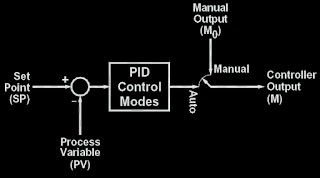In the ordered rhythm of a power system, every ampere has its destination, every voltage its purpose. Yet, there are moments when harmony collapses — when electrons abandon discipline and surge wildly, like a storm breaking through a dam. That moment is known as a short circuit.
Short Circuit Analysis is the study of what happens when the electrical network faces its most violent condition — the uncontrolled connection between conductors of unequal potential. It is not merely about fault currents or tripped relays; it is about understanding how chaos behaves, and how design brings order back into the grid.
The Nature of the FaultA short circuit may occur due to insulation failure, mechanical stress, weather, or even the smallest oversight in maintenance. When it happens, currents rise to thousands of amperes — far beyond normal operation. The once-stable grid becomes a battlefield of magnetic forces and decaying transients.
Engineers study these phenomena through fault analysis, classifying them as:
- Single Line-to-Ground (L–G) — the most common fault, where one phase touches ground.
- Line-to-Line (L–L) — two phases connect unintentionally.
- Double Line-to-Ground (L–L–G) — a more complex, asymmetrical fault.
- Three-Phase (L–L–L) — the rare but catastrophic symmetrical fault, producing the highest fault current.
The objective is not to eliminate all faults — that would be impossible — but to contain and control them. By calculating expected fault currents at each bus and node, engineers can:
- Design circuit breakers with appropriate interrupting capacities.
- Set relay protection to isolate faults selectively.
- Determine the thermal and mechanical strength required for cables and switchgear.
- Plan system grounding and coordination to prevent cascading failures.
┌──────────────┐
│ Generator │
└──────┬───────┘
│
┌──┴───┐
│ Bus 1│──────────────┐
└──┬───┘ │
│ │
┌────┴────┐ ┌───┴───┐
│ Line A │──X──────│ Bus 2 │
└─────────┘ ↑ └───┬───┘
│ │
Fault location │
Load
At the “X” mark, the system meets chaos — a conductor fails, a surge races through the grid. Short Circuit Analysis quantifies this violence: how high the current rises, how quickly the protection responds, and whether the system can survive without collapse.
The Poetry of ProtectionThere is a strange beauty in protection systems — a choreography of milliseconds. Relays detect imbalance, breakers open with thunderous precision, and the system self-heals before darkness spreads. To the untrained eye, it’s a spark and a sound; to the engineer, it’s the symphony of survival.
Modern ContextIn today’s grids, digital protection relays and microprocessor-based IEDs perform analyses in real time. They calculate impedance, detect harmonics, and trip the correct breaker in less than a cycle. Yet, the fundamental principle remains the same: to measure, to isolate, and to protect.
When the system meets chaos, the difference between blackout and brilliance is measured in milliseconds — and in the wisdom of those who designed the protection.
